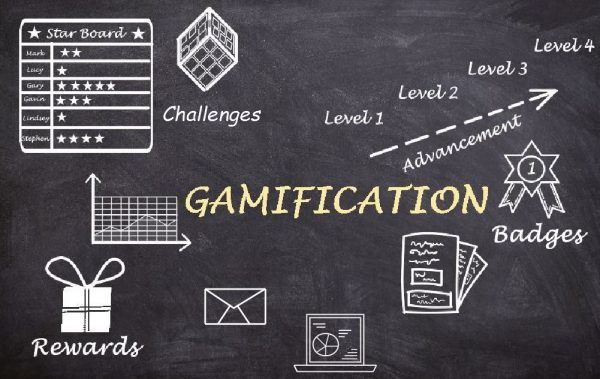Knowing your students and their needs is crucial in developing your lesson plans. Knowing students’ prior knowledge and their specific learning needs:
- Helps you as the teacher organize the curriculum to facilitate student understanding of the subject matter, including where to start your lesson.
- Informs where accommodation and/or modifications may be needed to increase access to the curriculum.
- Allows students to know where they’re going and set appropriate goals to achieve mastery.
- Serves as a benchmark you can use to show student growth.
- Meet students at a developmentally appropriate level to support their social and emotional needs.
For the CalTPA, you will be expected to create a class profile that outlines the assets, funds of knowledge, special programs, students needing specific accommodations or modifications, and other important information and describe how that informs your lesson planning and teaching. This discussion will help you identify methods you could use to collect data for that class profile while also collecting the content knowledge needed to inform your lesson planning.
You will be encouraged to incorporate these strategies in your Signature Assignment, due in Week Four, where you create a 1- or 2-day lesson.
Instruction
- Read the assigned resources (and review the recommended resources) on getting to know your students’ knowledge, needs, and goals.
- Demonstrate and describe at least two strategies you would use to identify prior knowledge, specific needs of learners, and appropriate strategies that will allow you as the teacher to design a developmentally and academically appropriate lesson.
Discuss how these strategies could work with the standards you examined in Week One and how they could be used as part of your Signature Assignment in Week Four.
To design lessons appropriate for my learners’ academic level and individual needs, I would start by using pre-assessment surveys or quizzes to identify their prior knowledge and specific needs. This approach allows me to adjust the lesson’s content, pace, and complexity to meet my students where they are.
In addition, I would create learning profiles and interest inventories for each student to gather insights into their learning styles, interests, and preferences. This information is crucial for customizing instructional strategies and integrating themes that resonate with my students, which can make learning more engaging and effective for them.
Incorporating these strategies is essential in aligning with the educational standards I examined in Week One because it ensures my teaching is based on understanding my students’ current knowledge and needs. With this foundational understanding, I can design a Learning Map for my Signature Assignment in Week Four that is not only aligned with the educational standards but also tailored to the unique learning profiles in my classroom.
This approach enhances the inclusivity and effectiveness of my teaching, ensuring that all students can achieve mastery in a supportive and engaging learning environment.



